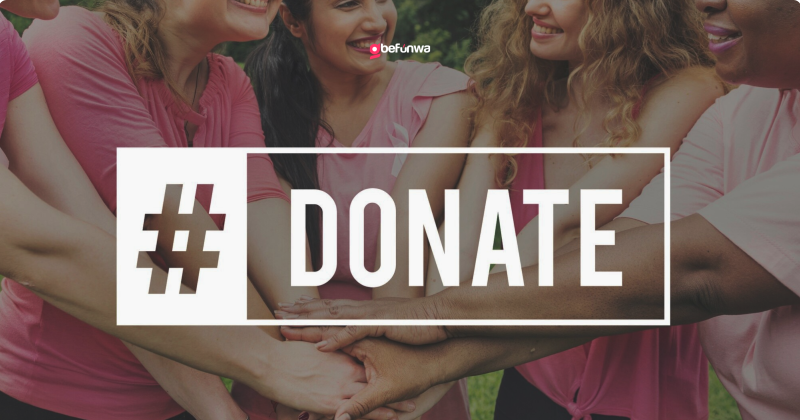
Creating a donations or crowdfunding site using WordPress is an effective way to support charitable causes, personal projects, or community initiatives. WordPress offers flexibility, ease of use, and a variety of plugins to facilitate fundraising. This guide will walk you through the essential steps to set up your site, engage donors, and effectively manage your campaigns.
Selecting a Domain Name: Choose a domain that reflects your mission (e.g., supportcharity.org). Keep it simple, memorable, and relevant to your cause.
Hosting Provider: Select a reliable hosting provider that supports WordPress.
Most hosting providers offer one-click WordPress installation. Follow the prompts in your hosting account dashboard to set up your site.
Look for themes designed for nonprofits, crowdfunding, or fundraising.
Enhance your site’s functionality with key plugins for donations and crowdfunding:
1. GiveWP: A powerful donation plugin that allows you to create customizable donation forms, track donations, and manage donors.
Features: Recurring donations, customizable confirmation emails, and detailed reporting.
2. WooCommerce: If you want to sell products or services as part of your fundraising efforts, this eCommerce plugin can be integrated with donation features.
3. Fundify: A crowdfunding plugin that allows you to create project-based fundraising campaigns.
Features: Supports multiple payment gateways, project goal tracking, and backer management.
4. Charitable: A user-friendly plugin that allows you to set up donation campaigns easily.
Features: Custom donation forms, peer-to-peer fundraising, and donor management.
5. WPForms: Create contact forms, donation forms, and surveys to gather donor information and feedback.
Use a dedicated page for your donation forms. Clearly explain how donations will be used and the impact they will have.
Create separate pages for individual campaigns with detailed descriptions, goals, and progress indicators.
Share updates, success stories, and related content to engage visitors and keep them informed.
Partner with local businesses or influencers to expand your reach and encourage donations.
Analyze Performance: Use Google Analytics to track website traffic, user behavior, and donation patterns.
Adjust your strategies based on data insights to improve engagement and fundraising results.
Gather Feedback: Regularly solicit feedback from supporters to identify areas for improvement and better meet their needs.
Building a donations or crowdfunding site using WordPress is a powerful way to support your cause and connect with donors. By following these steps, you can create a professional, user-friendly platform that effectively promotes your fundraising efforts. Regularly update your content, engage with your audience, and monitor your campaigns to maximize your impact. With dedication and the right tools, you can achieve your fundraising goals and make a difference in your community.
Deborah Oludimu is an experienced content writer with 3+ years of experience. She is skilled in research, writing, and editing to produce high-quality, engaging content across industries. Deborah is passionate about creating content that informs and inspires
© 2025 GBEFUNWA.COM. All rights reserved.
The WordPress® trademarks are the intellectual property of the WordPress Foundation, and the Woo® and WooCommerce® trademarks are the intellectual property of WooCommerce, Inc. Uses of the WordPress®, Woo®, and WooCommerce® names in this website are for identification purposes only and do not imply an endorsement by WordPress Foundation or WooCommerce, Inc. gbefunwa is not endorsed or owned by, or affiliated with, the WordPress Foundation or WooCommerce, Inc.